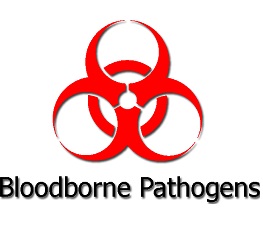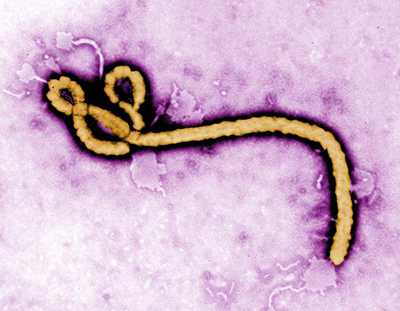
OSHA's Bloodborne Pathogens standard (29 CFR 1910.1030) as amended pursuant to the Needlestick Safety and Prevention Act of 2000, prescribes safeguards to protect workers against the health hazards caused by bloodborne pathogens. Its requirements address items such as exposure control plans, universal precautions, engineering and work practice controls, personal protective equipment, housekeeping, laboratories, hepatitis B vaccination, post-exposure follow-up, hazard communication and training, and recordkeeping. The standard places requirements on employers whose workers can be reasonably anticipated to contact blood or other potentially infectious materials (OPIM), such as unfixed human tissues and certain body fluids.
The focus of this one-day course is the development of a Bloodborne Pathogens Exposure Control Plan and Procedures for Healthcare facilities. The course addresses the revisions to the Bloodborne Pathogens Standard with particular emphasis on the use of safer medical devices to prevent injuries to the healthcare worker.
Infectious disease control focuses on the protection of the patient population - this course focuses on the protection of the healthcare worker. NEW - content has been added to the course to reflect the latest guidance from the CDC and OSHA on the selection and use of PPE.
 The course is divided into eight major sections:
The course is divided into eight major sections:
- Introduction
- Exposure Control Plan
- Methods of Control including PPE
- Vaccinations and Evaluations
- Training and Information
- Recordkeeping
- Summary
- Appendices
Additional Information:
- Prerequisites - None
- Books Required - All required manuals are included in course enrollment fee and distributed during the course
- Continuing Education Credit - 0.8 CEU's


 The course is divided into eight major sections:
The course is divided into eight major sections: